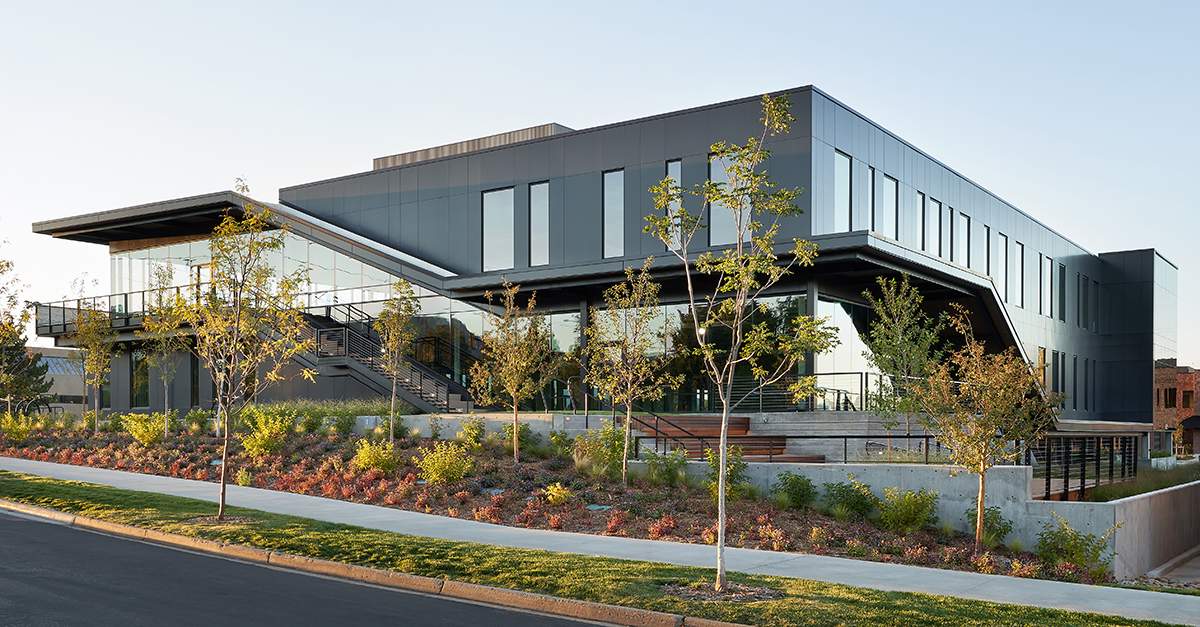By: Mike Ruhl
Groundbreaking science and innovative technologies continue to drive progress, even amid market fluctuations – a trend set to continue. In 2024, the FDA approved 50 new drugs, with the list spanning transformative therapies and showcasing many emerging companies making a larger impact on the R&D pipeline. Life sciences mergers and acquisitions (M&A) continued to show strength, with $214 billion closed or announced in 2024, and VC funding globally outpaced pre-Covid and long-term averages. Despite challenges, the life sciences industry remains resilient and vital, showcasing its adaptability and capacity to thrive amid shifting market dynamics. To enable the continued expansion of our nation’s life science and biotech industries, real estate providers must consider factors like company size and geography. By tailoring real estate solutions to the needs of each company, life science real estate providers can effectively partner with their tenants and become a catalyst for innovation rather than a barrier.
How Location Shapes Life Science Real Estate Strategies
There are several life science hubs in the U.S., each with different features and demographics that real estate providers need to consider to ensure they can support tenant growth and innovation. This includes talent availability, funding ecosystems, and regional industry focus. In fact, the Boulder region is rapidly becoming a U.S. biotech hub, home to over 300 biotech companies, and is continuing to grow. With the nation’s most highly educated population, Boulder offers an ideal environment for attracting and retaining top talent. Its proximity to the University of Colorado Boulder and major research facilities further solidify the region’s status as a hub for bioscience innovation and breakthroughs. As an emerging life science market, Boulder hosts many early-stage life science companies with distinct lab and real estate needs compared to more established biotech companies. These companies greatly benefit from flexible lab space and the inherent nature of research parks that encourage conversations, collaboration and innovation.
Startups and Giants: A Tale of Two Real Estate Strategies
Not all biotech and life science companies have the same needs when it comes to lab space. Established companies often seek purpose-built labs tailored to specialized research requirements, long-term leases with integrated office-lab layouts for efficiency, and the ability to expand large-scale manufacturing facilities. However, in markets like Boulder, buzzing with early-stage startups, the playbook for real estate looks very different. Startups crave flexibility – modular spaces that grow with them, not against them. With limited budgets, startups look for ways to hit the ground running without sinking money into costly renovations. They also need spaces that allow for fast growth while reducing the expenditures that come from modifying traditional office space into lab space that adheres to more specific requirements and regulations. Emerging biopharma companies, which now account for two-thirds of the R&D pipeline, often need “move-in ready” lab space. BioMed Realty recognized this early, and in April of 2022, BioMed Realty acquired 1 million square feet across 23 buildings within Flatiron Park, with the goal of providing best-in-class workspaces for the talent-rich community of Boulder. This acquisition marked the largest real estate transaction in Colorado history, and BioMed Realty has delivered on its commitment to expanding the innovation capacity of its tenants.
To read more, visit the full Colorado Real Estate Journal article at https://crej.com

